
Hurricane season is a critical period for Puerto Rico, and being prepared can make the difference between safety and danger. In
For a few decades now, the fact that the main sources of electrical energy depend on fossil fuels has been questioned, taking into account the CO2 emission that is generated. Concern for the well-being of the environment motivates these questions, while stimulating the search for renewable energy sources.
So they have opted for new sources of energy that are clean; that is, that its use is not counterproductive in environmental terms.
As we saw in How is electrical energy produced?, there are many ways to take advantage of the resources that the world offers us to generate usable electrical energy, which is so necessary today. They can be divided into two: those that use renewable primary energy, and those that use non-renewable primary energy.
Next, We will explore in depth the use of wind energy for the generation of electrical energy and we will compare it, in terms of its advantages and disadvantages, with respect to other forms of generating electricity. As it is an alternative source of electricity independent of the main electrical grid, it can be compared, for example, to a Electric generator, which fulfills this same function.
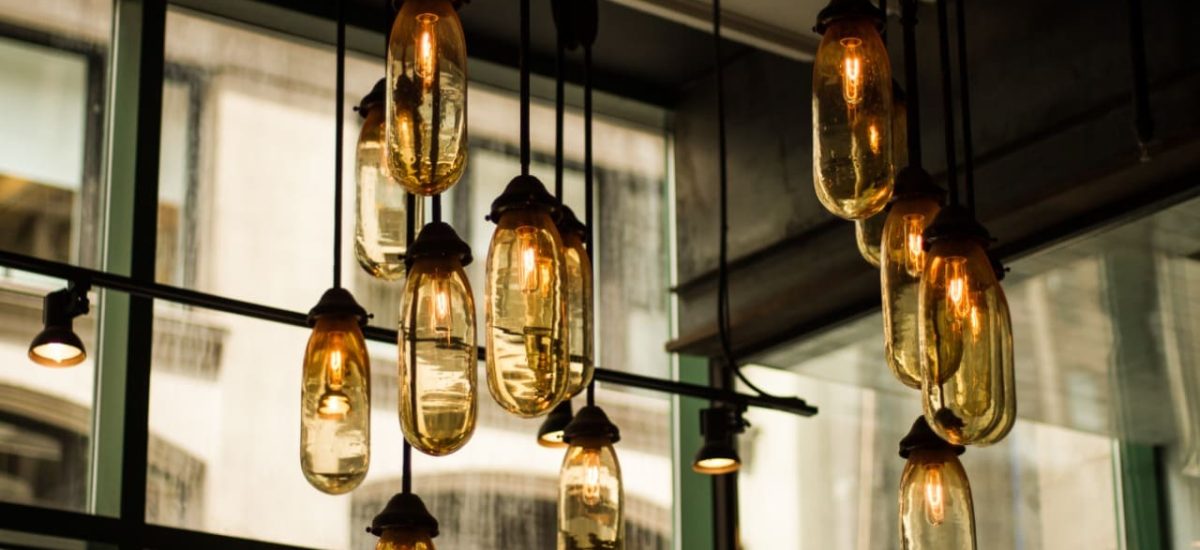
For centuries, the force of the wind has been used for different tasks. Perhaps the most famous use is that of windmills to grind grain, the first examples of which date back to the 6th century. Wind energy refers to the energy obtained from the force of the wind. It is a fairly serious and robust commitment to a renewable energy source, which is also sustainable, profitable and efficient.
To be truly efficient, not just one wind turbine, but dozens of them must be installed in what are known as wind farms. This ensures a considerable generation of GW. Likewise, the location of the wind farm must be strategic: in a place that does not affect the population and, at the same time, guarantees the maximum possible presence of winds.
On earth, the sun does not heat its surface uniformly. So the air in some places is warmer than in others. Thus, hot air rises and cold air falls, generating differences in atmospheric pressure. These pressures cause the movement of the air, giving rise to the wind. Thus, In some areas there is a greater presence of winds than in others.
These areas, after innumerable studies in which the behavior of the wind is even projected in the coming years, are ideal for installing wind farms with dozens of wind turbines. Even since the wind at sea is usually strong and constant, there are offshore wind farms.
The operation of these is really simple, as well as their maintenance. Wind turbines are that kind of "mills" that move with the wind. It has three blades or blades that are designed to capture the greatest amount of kinetic energy from the force of the wind. To fulfill this purpose, they are able to orient themselves automatically.
Thus, the wind can move the blades (and the rotor to which they are attached) at a speed of just 30 rpm. It is a really low speed, but the wind turbine has a multiplier, which is a transmission system that, by means of gears, makes the slow movement of the low-speed shaft captured by the rotor translate into a fast movement on the high-speed shaft (up to about 1,500 rpm) that provides mechanical energy to the three-phase alternator.
Here, the mechanical energy transmitted by the high-speed shaft is captured and transformed into electrical energy. How? The phenomenon of electrical induction explains it: this rotary movement moves magnetic fields on a conductive material, stimulating the flow of its electrons, which results in the generation of electricity.
With the exception of solar panels, which take advantage of the photovoltaic effect, almost all ways of generating electricity are based on the phenomenon of electromagnetic induction. However, the only way it does this without burning fossil fuels, or emitting toxic waste, or seriously affecting the environment is wind power.
However, at present, the generation of electricity through thermoelectric or hydroelectric plants is still very much in force. Also through nuclear plants, in more developed countries. And this trend does not seem to be slowing down anytime soon.
A 60KW stationary electric generator, for example, is a very current competition with respect to a small wind turbine. They work under the same principle: convert mechanical energy into electrical energy.
Their powers vary a lot from model to model, since not all of them have the same technical characteristics, but in ideal conditions they are between 20 and 130 KW. But let's see what are the advantages and disadvantages of an electric generator with respect to a wind turbine.
In this way, we see that the advantages and disadvantages of the ways of generating electrical energy are very relative, since they depend on the use that is ultimately going to be given to it. It will always be a good idea to seek advice from specialized staff to learn more about the technical specifications of the power source you may consider purchasing. However, we invite you to discover our models in Electric generators.

Hurricane season is a critical period for Puerto Rico, and being prepared can make the difference between safety and danger. In
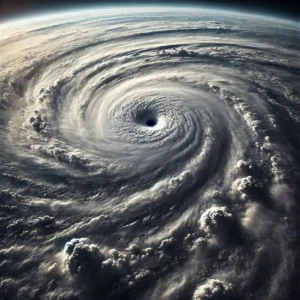
Understanding how a hurricane forms allows us to be one step ahead and prevent the devastating effects of these natural phenomena. Especially in areas
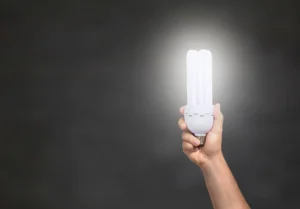
In a world where energy efficiency is increasingly a priority, learning to save energy has become a crucial need for both
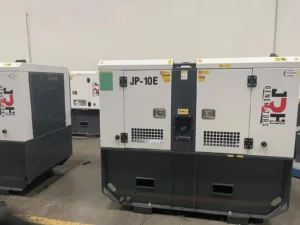
In a world that doesn't stop, the need for a reliable and continuous power source is more crucial than ever. At JRH Power
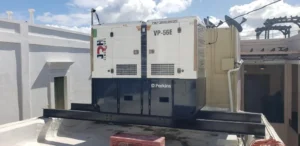
Have you ever wondered how electricity becomes a constant in our lives, even in the most critical moments? At JRH Power
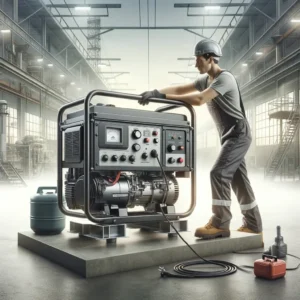
In our modern world, where electricity is vital, power outages are a frequent reality. Know how to connect a generator to the house